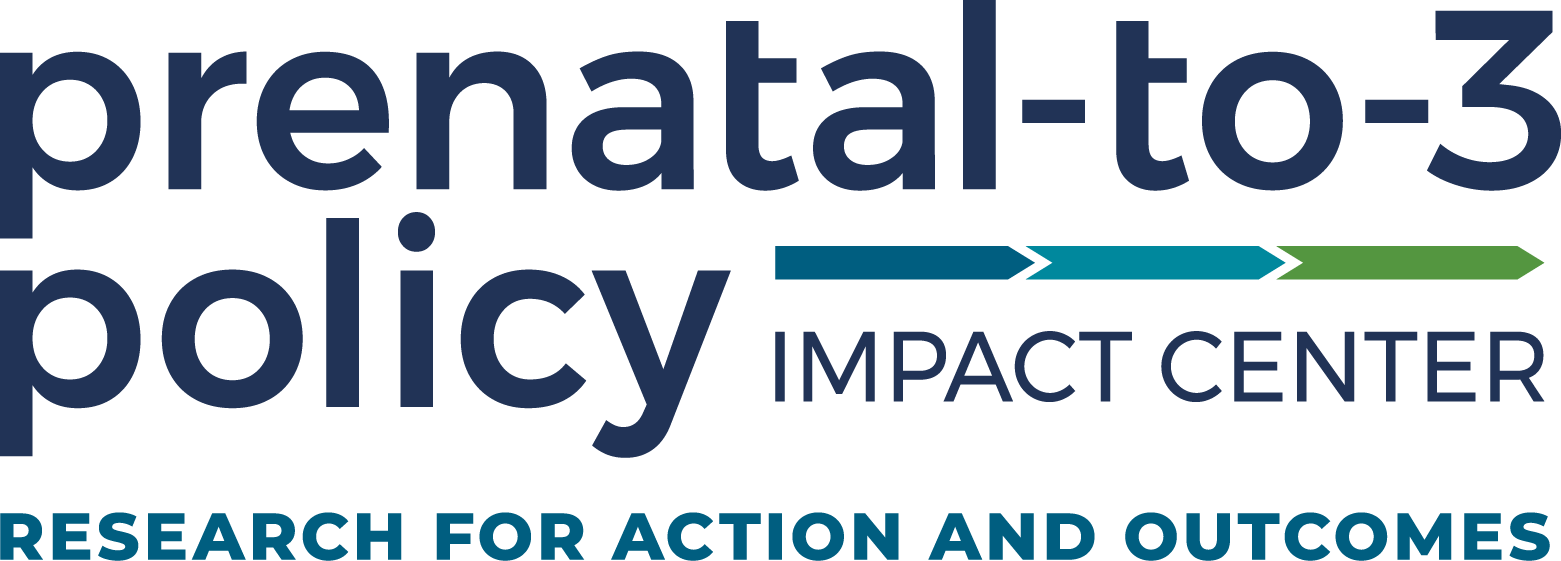EVIDENCE-BASED HOME VISITING PROGRAMS
WHAT IS EVIDENCE-BASED HOME VISITING AND WHY IS IT IMPORTANT?
Parents play a critical role in shaping children’s early development that sets them up for future success in school and life. Evidence-based home visiting programs provide parents with needed comprehensive in-home support and education through a trained professional (e.g., nurse or social worker) or paraprofessional.
The models vary in the exact services offered and populations served, but programs designed to support parents are founded on decades of empirical evidence on the important role parents play in child wellbeing. Evidence-based home visiting can improve parenting skills and support nurturing relationships between parents and children.
WHAT PROGRESS HAVE STATES MADE SINCE THE 2020 ROADMAP TO INCREASE ACCESS TO EVIDENCE-BASED HOME VISITING?
State Wins Have Built on Increased Federal Investments in Evidence-Based Home Visiting
Since the 2020 Roadmap, the federal government has acted twice to increase funding for the Maternal, Infant, and Early Childhood Home Visiting (MIECHV) program, which is the primary federal funding mechanism for home visiting.
- The American Rescue Plan Act of 2021 appropriated $150 million in one-time funding for the MIECHV Program. The funding was intended to help programs address the needs of parents and families with young children and support the home visiting workforce. States and programs had the flexibility to put additional funds towards service delivery, staff costs, training, technology, emergency supplies, or prepaid grocery cards.
- The Jackie Walorski Maternal and Child Home Visiting Reauthorization Act of 2022 extended authorization for the MIECHV Program through 2027 and doubled the federal investment in the program from $400 million to $800 million annually by 2027. The increased funding is distributed through a base allotment, which is available to all states based on their populations, and matching funds, which are available for states to apply for up to a certain ceiling based on their populations.
States Continue to Explore Diverse Funding Streams to Support Home Visiting
In addition to MIECHV, states use a variety of funding mechanisms, including both federal and state funds, to finance their home visiting programs. States may use Medicaid, child welfare, state general revenue, and tobacco settlement funds, and often use more than one funding stream, to support home visiting.
Since the 2020 Roadmap, many states have adopted new funding streams to support evidence-based programs and to increase appropriations from existing funding streams.
For example, Delaware and Idaho added coverage of evidence-based home visiting to their state Medicaid programs, and the District of Columbia enacted legislation to require coverage as well. The District’s Department of Health Care Finance is required to submit a state plan amendment by the end of 2025, and coverage will begin once the amendment is approved. Nebraska enacted legislation to allocate funds from its Medicaid Managed Care Excess Profit Fund to evidence-based home visiting programs.
Other states, such as Colorado, Illinois, Texas, and Virginia, increased funding for home visiting without adding new funding streams. Colorado increased the allocation of tobacco settlement funds to home visiting, whereas the other three states increased the amount of general revenue directed to these programs.
For more information on state progress to increase access to evidence-based home visiting, check out the 2024 Prenatal-to-3 State Policy Roadmap.
Moving Forward: States Should Align Their Goals, Programs, and Funding Streams to Ensure They are Serving Families Who Need Services Most
States have significant leeway to set their own goals, such as child health, family economic sufficiency, and positive parenting practices, for home visiting programs. They also can choose to target different eligible subpopulations. As such, states should consider their goals for evidence-based home visiting and support the programs that are proven to impact those desired outcomes.
States can also look for creative funding streams that best align with the subpopulations they are hoping to target.
Additional research is needed to understand the optimal level of services for home visiting and how to best identify and serve the populations who are most likely to benefit from services.
